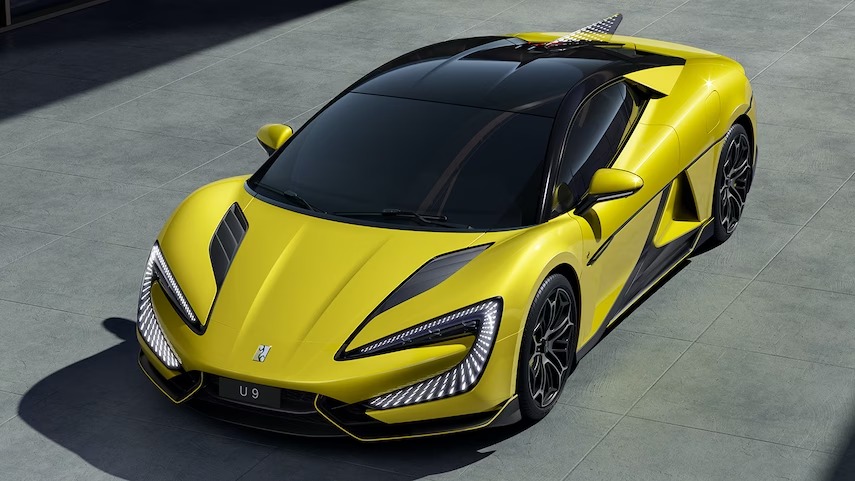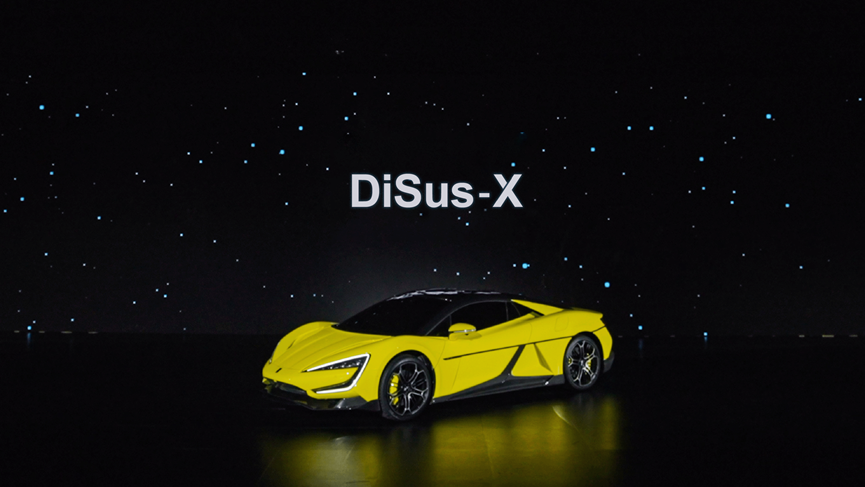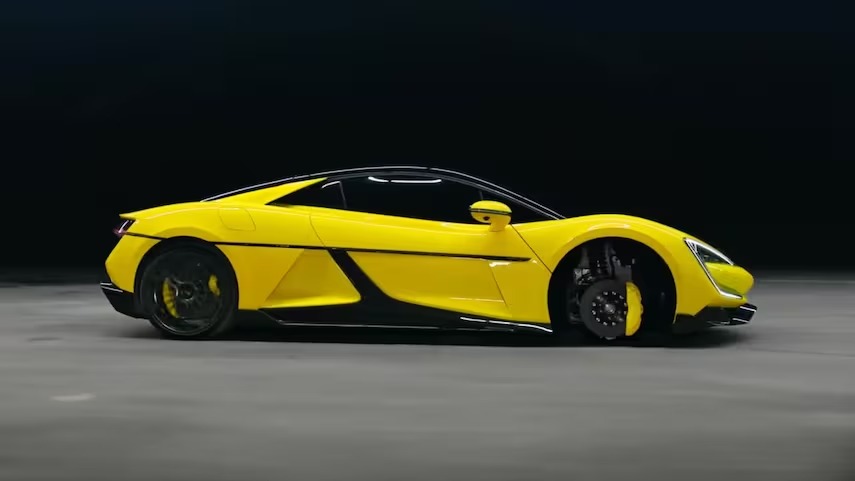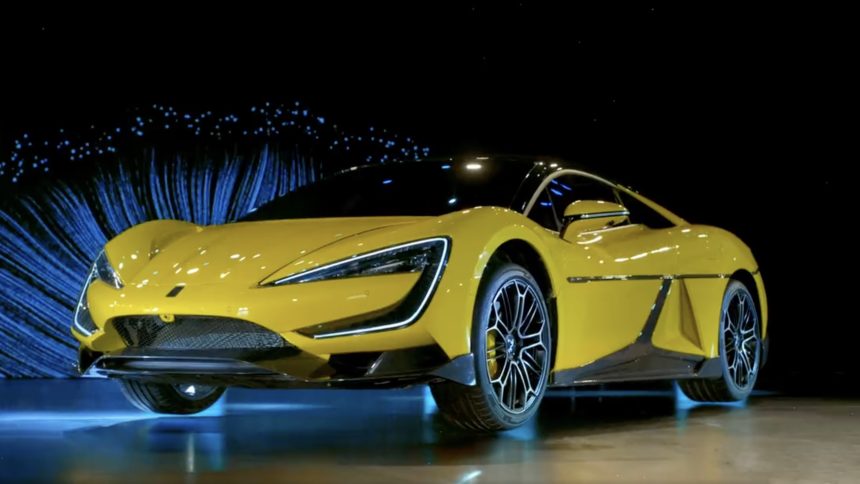One of the biggest EV producers in the world, Yangwang U9, BYD is developing quickly in the Chinese market in the face of fierce competition from companies like Tesla. BYD has unveiled and showcased a new family of active chassis and suspension technologies with extraordinary capability that far exceeds the conventional needs of motion to stay ahead of its rivals.

This wouldn’t be the first clever suspension to appear on a high-end vehicle. The Citroen DS’s amazing hydraulic system, which caused the vehicle to appear to float down the road, is another factor. Another example is the work Bose did on a Lexus with electromagnetic suspension years ago, which allowed the vehicle to pass over obstacles like planks of wood and speed bumps without so much as a body wobble.

- Advertisement -
However, those weren’t supercars, and according to a series of stage demonstrations and video clips made public this week, the BYD setup appears to be capable of elevating the stunts to a new level.
BYD Global Shares U9 Videos Via Twitter
The first footage is from the stage, where BYD showed how the Yangwang U9 supercar could “hop” in place solely using the kinetic energy of its own DiSus-X suspension system without the use of rocket boosters or air cannons. Although BYD’s news release lacks more information, the DiSus family of devices offers previously unheard-of control over lateral, longitudinal, and vertical motions in the chassis and suspension.

The second example came in the form of a video that was uploaded to the BYD Global Twitter account and showed footage of the U9 moving before the camera panned around to reveal that it was missing its front right wheel, demonstrating the DiSus-X suspension’s leveling capabilities.

After a horrible day, it seems to be good enough to get you to the tire shop, which is astounding. In terms of potholes, bumps, and racing curbs, this demonstrates how much control the system has over each corner of the automobile. Future Advanced Driver Assistance Systems can use it to calculate vehicle control without human input with greater accuracy.



